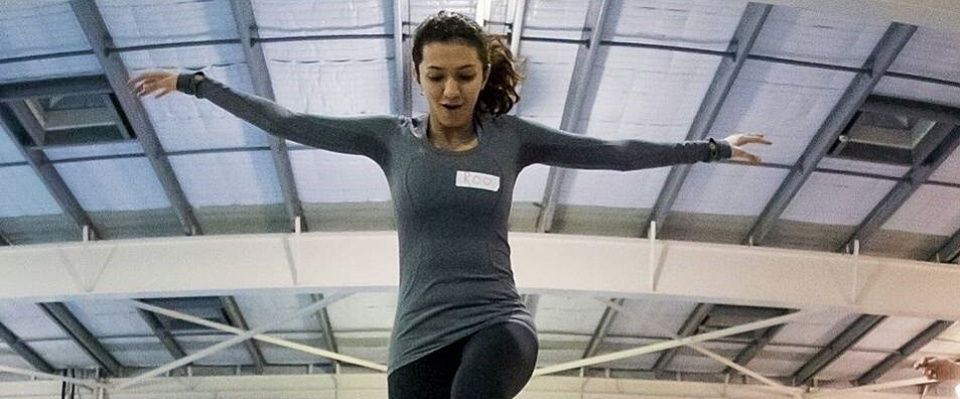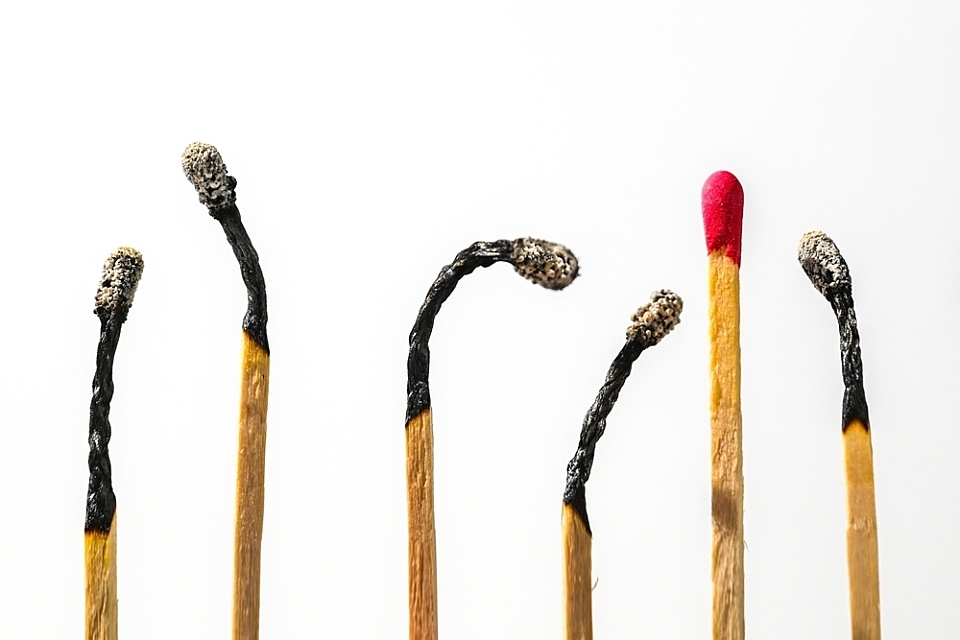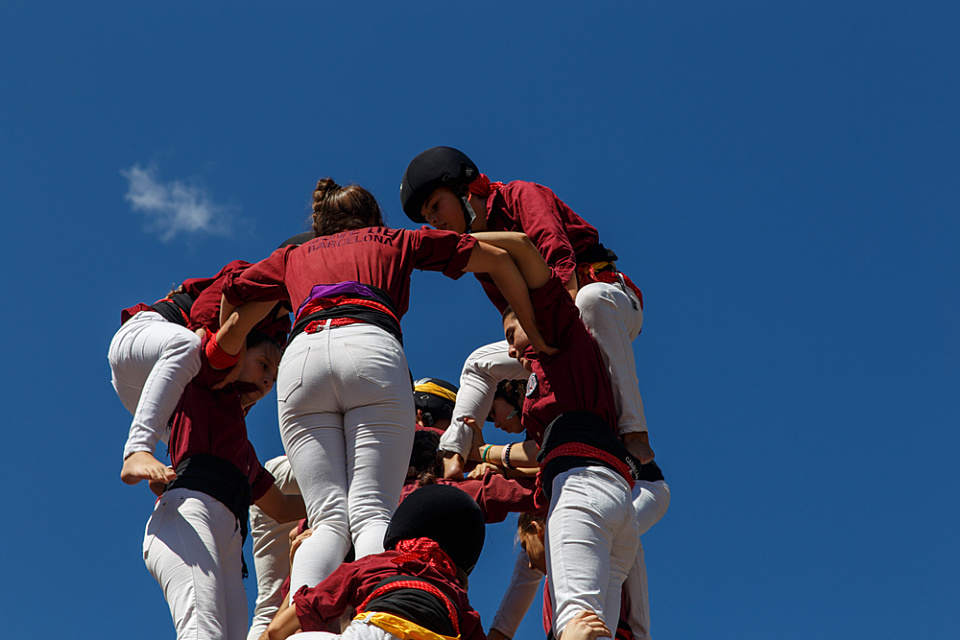
Why meetings can harm employee well-being
Posted on 10 Dec 2025
Anyone working in an organisation knows it: meetings follow one after another at a frantic pace. On…
Posted on 17 Aug 2023
By Matthew Schulz, journalist, Institute of Community Directors Australia

A not-for-profit managing a pristine wedge of publicly-owned bushland just 30km north of Sydney’s CBD has shown how to successfully navigate the many aspects of their mission.
The beautiful Katandra Bushland Sanctuary represents 12 hectares of valuable environmental heritage sandwiched between the Ku-ring-gai Chase National Park and the stunning upper northern beaches.
Just up the hill from Mona Vale, on an escarpment that overlooks the settlement, the Crown reserve is almost free of any invasive weeds, and features rainforest remnants, creeks meandering through fern-ringed pools, and more than 350 types of flora and fauna, rewarding bushwalkers using the two hiking paths with regular sightings of lyrebirds, powerful owls, black cockatoos, pythons, wallabies, echidnas and many other creatures.
The Katandra Bushland Sanctuary Trust, whose members include descendants of past landowners, has been appointed to look after the property as a NSW Crown land manager.
It balances the following roles:
Their efforts have been rewarded with the preservation and enhancement of habitats including rainforest, woodlands and heathland, which act as bushland links to the south along the Warriewood escarpment and north towards the Ku-ring-gai Chase National Park.

The land has been in the custody of Crown land managers since the late Harold Seymour gifted the site to the NSW Government in 1967 with the hope that future generations would be able to experience the bushland “as Captain Cook first saw it”. Back then he named the site Katandra, an Aboriginal name with roots in Victoria, meaning “song of birds”.
Seymour family members continue to get their hands dirty though: weeding, planting and as administrators.
Harold’s great-nephew David Seymour chairs the Trust, while his mother Ruth, now in her mid-80s, is a familiar sight at the reserve, weeding and keeping the reserve in good shape.

Newer Katandra friends include Roberta Conroy and Julie Emerson, who were appointed to the Trust for a five-year term in 2019. The group meets at a quaint timber yurt on the site that doubles as a visitor centre.
“Past directors, past trustees and our current ones just love the reserve. I certainly do; it’s very close to where I live,” Ms Conroy, the Sanctuary’s vice-president said.
The many interested parties keep a close eye on the site, helping to quickly address issues such as illegal dumping of building materials, controlling access and clearing weeds.
One of the key measures the sanctuary has taken to preserve the site has been to limit the time that visitors are able to use the site in the spring. It’s generally open every Sunday from July to October, with visitors asked to pay a $5 donation.
“It's only open for a few months when all the wildflowers are out, and we do that deliberately because obviously it's reducing the visitor footprint literally,” Ms Conroy said.
Of course, that’s also the best time to visit, with visitors encouraged to make a gold coin donation before taking an accessible short 1km pathway or the more challenging 2km hike.
Grants have helped cover the costs of upkeep and improvements, such as repairs to the yurt worth nearly $4000, covered under the Crown Reserves Improvement Fund (CRIF) in 2020–2021, and repairs to a timber bridge. The reserve also won just over $2600 for a defibrillator via the CRIF in 2022 and hopes to seek further funds to install solar power.
It also hopes to use QR codes in future to enable donations via phone.

Having custody of such a delightful parcel of land hasn’t been without its challenges, with the beauty of the area attracting developers keen to exploit the incredible views and lush surroundings. Equally unsurprising has been the stiff resistance by long-time residents and environmentalists wanting to preserve the very same things.
This has seen the sanctuary working closely with authorities, and state and local politicians, to advocate strongly for the protection of Katandra even amid housing and road developments in the area.
Ms Conroy notes that proposed housing to the east of the site is “much, much smaller than originally planned” as a result of pressure from local groups including Katandra.
In addition, the Mona Vale road upgrade, which was due to be completed by the end of 2023, will incorporate critical elements such as overhead and underground wildlife crossovers to allow wallabies, possums and other fauna to maintain their existing travel routes.
Similar “ground truthing” work by Katandra has informed their response to the Northern Beaches Council’s proposal for a cycle path linking Mona Vale to Terrey Hills which is proposed to pass along the perimeter of the reserve.
Ms Conroy said the new path would benefit walkers, runners, horse riders and parents with “big-wheeled strollers”, but the reserve managers were keen to ensure it would not disturb local wildlife.
As a member of the council’s environmental strategic reference group, Ms Conroy is able to ensure the reserve gets the attention it deserves in council decisions, but as she points out, the council has been environmentally progressive for years, being one of the first to acknowledge the impact of climate change in forward planning.
She says the sanctuary will grow in importance as a place of refuge for birds, plants and animals, particularly during future heatwaves linked to climate change.
“There are many projects taking place around the country that are rebuilding Aboriginal culture through language, land management practices, cultural fire burning, story and dance.”
As its successes in achieving changes to proposed developments show, the secret to the success of the Katandra group has been its commitment to building strong relationships with its stakeholders, including users, First Nations people, regulators, government, environmental advocates and developers.
That approach has helped to protect and enhance the asset in line with the Crown land 2031 strategic plan, which encourages:
The organisation has been able to address all aspects of the strategy through enduring links (through the Seymour family) to the recent past, as well as through its commitment to building and sustaining excellent working relationships with its many stakeholders.
Ms Conroy’s expertise in environmental planning and activism, as well as her experience having led the local residents’ association, means she understands better than most that building strong and sensible connections with stakeholders is crucial to the effectiveness of the organisation.
This has included open channels with state government bodies and local MPs, the Northern Beaches Council, residents’ associations, representatives from the nearby national parks, concerned environmentalists, local Indigenous organisations and other users.

Ms Conroy hopes those connections and that communication will see the sanctuary extend its area of protection, by incorporating land currently held by the council and by better connecting the reserve to other protected environmental areas.
“What I’ve found is that quite often authorities will come to the party financially or will help get things done because we’ve developed these good relations, and we’re not just complaining.
“There’s everything to gain by working on it together.”
She suggested organisations working with authorities could benefit from understanding regulatory processes and timelines, and giving those other organisations time to “deliver”.
Katandra is also making moves to improve its links with First Nations groups.
Mr Seymour said that while the trust had not found "direct evidence” of Aboriginal activity in the sanctuary grounds, “there is no doubt the whole area was used and occupied”. He said the trust was in the process of contacting local Aboriginal stakeholders who he hoped would be able to explain that cultural heritage to visitors.
Institute of Community Directors Australia (ICDA) trainer Jon Staley, who has facilitated training in Aboriginal cultural awareness as part of NSW Crown Land training, agreed that Katandra had the potential to strengthen its involvement with First Nations groups
He said involvement with Aboriginal groups had been shown to strengthen reserves and rebuild Indigenous connections to the land.
“There are many projects taking place around the country that are rebuilding Aboriginal culture through language, land management practices, cultural fire burning, story and dance,” Mr Staley said.
He said the NSW Government was actively looking at ways to encourage those connections regardless of any native title claims, with the policy a prominent part of the Crown land 2031 state strategic plan.
In the meantime, Ms Conroy continues to build her connections through study with the Institute of Community Directors Australia (ICDA), which has provided training to Crown land managers.
She was among the winners of a full scholarship to undertake the Diploma of Governance with NSW Government support, and has been providing pointers to other Crown land managers seeking help with funding, information and other resources.
More information
Help sheet: Identifying your stakeholders

Posted on 10 Dec 2025
Anyone working in an organisation knows it: meetings follow one after another at a frantic pace. On…

Posted on 10 Dec 2025
As a qualified yoga instructor who learned the practice in her hometown of Mumbai, Ruhee Meghani…

Posted on 10 Dec 2025
Community Directors trainer Jon Staley knows from first-hand experience the cost of ignoring…

Posted on 10 Dec 2025
Stressed, overwhelmed, exhausted… if you’re on a not-for-profit board and these words sound…

Posted on 10 Dec 2025
The Institute of Community Directors Australia trains over 22,000 people each year, which gives us…

Posted on 03 Dec 2025
Many not-for-profit (NFP) board members in Australia are burnt out, overwhelmed and considering…

Posted on 26 Nov 2025
A roll call of Victoria’s brightest future leaders has graduated from a testing and inspiring…

Posted on 12 Nov 2025
At the Institute of Community Directors Australia, we believe that stronger communities make a…

Posted on 12 Nov 2025
Like many Community Directors members, Hazel Westbury is a community leader who isn’t easily…

Posted on 11 Nov 2025
I’ve seen what happens when fear of conflict wins out over taking a principled stand.

Posted on 11 Nov 2025
‘It’s not a question of enough, pal. It’s a zero-sum game. Somebody wins and somebody loses’.

Posted on 11 Nov 2025
Progressive economic Richard Denniss believes the constant hunt by governments for the political…